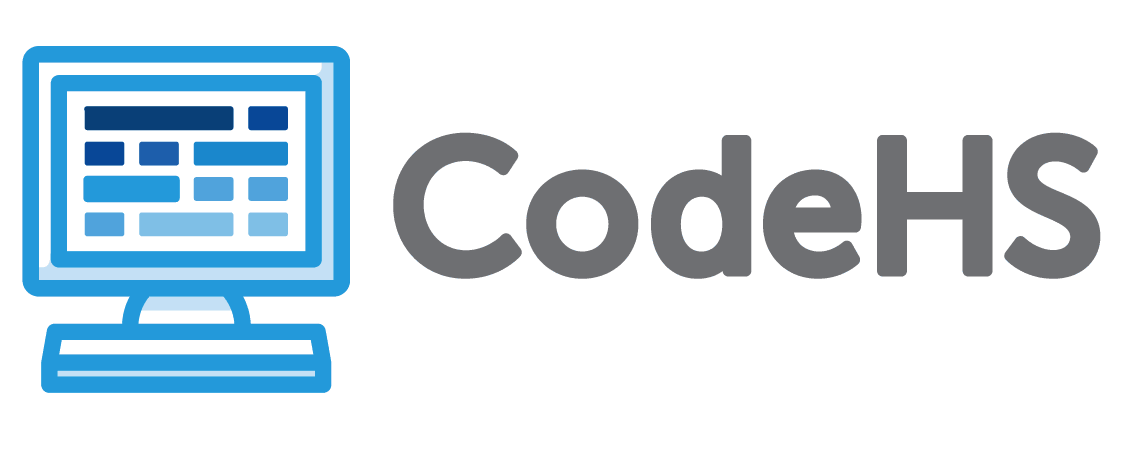
| Unit | Description |
|---|---|
| Digital Citizenship and Cyber Hygiene: Students explore multiple topics including Internet etiquette and how to stay safe on the world wide web. They will also look at the potential effects of their digital footprints, how to protect information from online risks, and the implications of cyberbullying. | |
| What is Computing?: Students review a history of computing, learn about the various parts that make up modern computers, learn about the impact computing has had on today's world, and learn about the impacts computing could potentially have in the future. | |
| Programming With Karel: Students learn the basics of programming by giving Karel the Dog commands in a grid world and focus on problem-solving skills. | |
| Karel Challenges: Students apply all the foundational concepts from Karel to solve some programming challenges. | |
| Networks and the Internet: Students explore the structure and design of the internet, and how this design affects the reliability of network communication, the security of data, and personal privacy. | |
| JavaScript and Graphics: Students are introduced to the basics of JavaScript, including variables, user input, mathematics, and basic graphics. | |
| Graphics Challenges: Students learn how to pair program and apply all the foundational concepts from JavaScript Graphics to solve some programming challenges. | |
| Web Design: Students are introduced to a high-level introduction of HTML and CSS and create several simple web pages using the CodeHS IDE. | |
| Computer Science Careers: Students explore potential future computer science careers. | |
| Machine Learning: Students will learn the fundamentals of machine learning, covering its lifecycle, supervised, unsupervised, and reinforcement learning, and explore bias within learning models. | |
| Intro to AI: In this module, students will gain an understanding of the main concepts and vocabulary around AI. | |
| Final Project: Students learn what makes an engaging and accessible user interface, and employ an iterative design process including rapid prototyping and user testing to design and develop their own engaging web pages. |
| Unit | Description |
|---|---|
| JavaScript Control Structures: Students learn how to use control structures such as if/else statements and loops to make more advanced programs in JavaScript. | |
| Control Structures Challenges: Students will take all the foundational concepts from the Control Structures unit to solve some programming challenges. | |
| Functions, Events, and Lists: Students will learn to write reusable code with functions and parameters. | |
| Extra Karel Practice: It can take some time to learn all of Karel's tricks. Brush up here with some extra Karel practice problems. These reinforce all of the fundamental concepts introduced in Karel, including commands, functions, loops, conditions control structures, and problem decomposition. | |
| Extra Karel Puzzles: A set of all the trickiest Karel puzzles for you to solve | |
| Functions and Parameters Practice: Functions are the critical building block of any program. To be able to use functions, you want to make sure you fully understand parameters, return values, and how to create your own functions. That is what this practice module is for. | |
| Animation and Games- Extended User Interaction: Now, your graphics will come to life. You will learn how to make objects move around the screen. You will also learn how to let the user interact with your program with the mouse. At the end of this section, you will program your very own video game. | |
| Extended Array Concepts: We introduce lists/arrays, maps/objects, sets, and grids. These are the essential basic data structures that any program will use. | |
| Extended Data Structures: | |
| Project: IT Professional: In this project, you will explore cybersecurity career pathways and build skills that will be needed within these fields such as communication. | |
| Functions and Parameters : Students learn to write reusable code with functions and parameters. | |
| Advanced HTML and CSS : This module dives deeper into different things we can do with HTML and CSS. Students practice advanced topics in HTML and CSS, including visibility, image filtering, interaction, and animation, to develop more advanced websites. |
Sign up for a free teacher account to get access to curriculum, teacher tools and teacher resources.
Teacher SignupSign up as a student if you are in a school and have a class code given to you by your teacher.
Student Signup